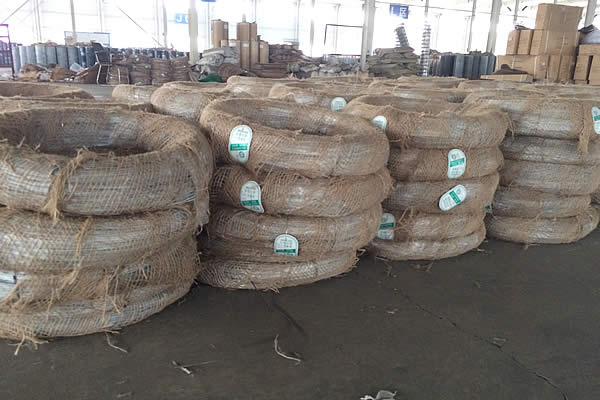 TEL:
+86-13102802206
TEL:
+86-13102802206
 Email:
fencenetting@china.com
Email:
fencenetting@china.com
 Language
Language
 TEL:
+86-13102802206
TEL:
+86-13102802206
 Email:
fencenetting@china.com
Email:
fencenetting@china.com
 Language
Language


Temporary Wire Fencing A Versatile Solution for Various Needs
Temporary wire fencing has gained significant popularity across various sectors due to its versatility, ease of installation, and cost-effectiveness. Whether for agricultural use, construction sites, or event management, temporary wire fencing offers practical solutions while maintaining safety and security.
One of the primary applications of temporary wire fencing is in agriculture. Farmers often use these fences to manage livestock and protect crops. In situations where permanent fencing is not feasible, such as seasonal grazing or temporary enclosures for new livestock, temporary wire fencing provides an effective barrier. It allows farmers to set up a quick enclosure to keep animals contained while preventing them from wandering into crop areas. The lightweight materials used in these fences make them easy to transport and install, allowing farmers to adapt to changing field conditions rapidly.
In the construction industry, temporary wire fencing serves a critical role in site security and safety. Construction sites often require barriers to protect workers and the public from potential hazards. By erecting a temporary wire fence around the site, contractors can effectively control access, ensuring that only authorized personnel enter the area. This not only enhances safety but also minimizes liability for accidents that may occur on site. Moreover, these fences can be quickly erected and removed, making them ideal for projects with tight timelines.
Event management is another area where temporary wire fencing shines. Organizers of concerts, festivals, fairs, and sporting events frequently employ temporary wire fencing to manage crowds and delineate restricted areas. It serves as a crucial tool for directing foot traffic, securing vendor areas, and providing a clear boundary for attendees. The visibility of wire fencing can create a psychological sense of security, encouraging attendees to follow designated pathways and reducing the likelihood of overcrowding in certain areas.

In addition to its practicality, temporary wire fencing is also environmentally friendly. Many manufacturers produce fences from recycled materials, contributing to sustainability efforts. When the fencing is no longer needed, it can be easily disassembled and repurposed, minimizing waste and environmental impact. This aspect is increasingly important in a world that is becoming more conscious about ecological footprints.
The installation of temporary wire fencing is straightforward and requires minimal tools and equipment. Most types come with pre-fabricated panels that can be linked together using simple connectors, allowing for quick setup and takedown. This ensures that labor costs remain low since fewer individuals are needed to complete the task. Additionally, the lightweight nature of the materials means that they can be transported without the need for heavy machinery.
However, while temporary wire fencing is an excellent solution for many situations, it is essential to consider its limitations. Because it is not designed to be permanent, the durability may not match that of traditional fencing materials. It is crucial to assess the specific needs of a project to determine if temporary wire fencing is the best choice. In high-security situations or areas with a greater risk of vandalism or wildlife intrusion, alternatives may need to be considered.
In conclusion, temporary wire fencing is a practical, flexible, and cost-effective solution for various applications, from agriculture to event management. Its ease of installation and minimal environmental impact make it an appealing choice for those needing a temporary barrier. As sectors continue to evolve, the demand for such versatile solutions will likely increase, making temporary wire fencing an indispensable tool for managing space and enhancing safety.